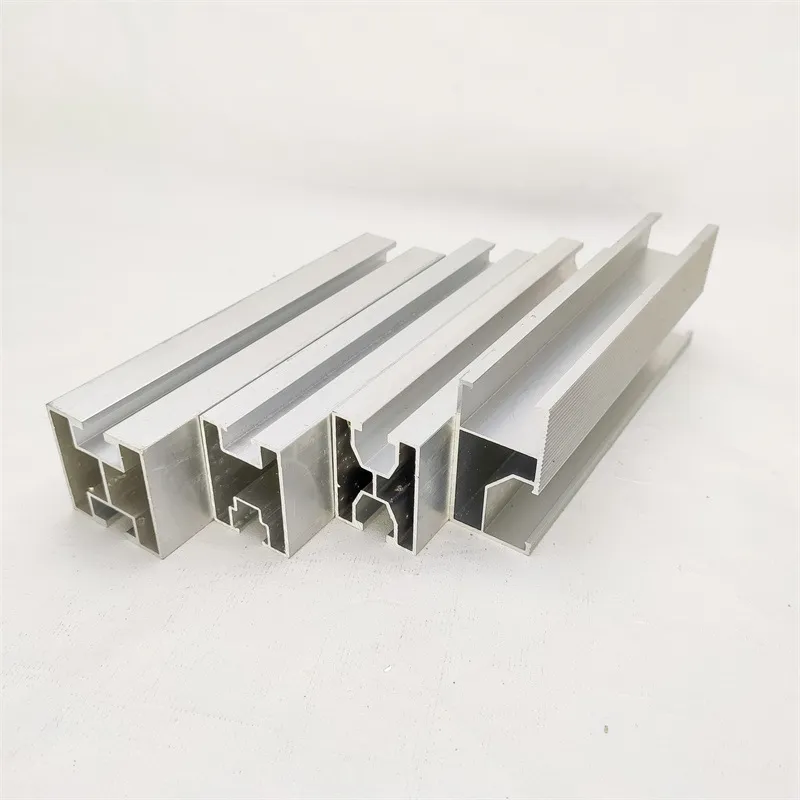

Understanding the Importance of Hex Head Bolts in Various Applications
Dec . 02, 2024 04:41 Back to list
Understanding the Importance of Hex Head Bolts in Various Applications
The Importance of Hex Bolts in Modern Engineering
In the world of engineering and construction, the versatility and reliability of fasteners are paramount. Among various types of fasteners, hex bolts stand out as a vital component in numerous applications. This article explores the significance of hex bolts, their design features, common uses, and advantages, shedding light on why they are integral to modern engineering practices.
What is a Hex Bolt?
A hex bolt, also known as a hexagonal bolt, is a type of fastener characterized by its six-sided head, allowing it to be easily tightened or loosened with a wrench. Typically made from materials like steel, stainless steel, or alloy, hex bolts can be coated for additional corrosion resistance. The design includes a threaded shaft that secures two or more components together, providing strength and stability in various applications.
Design Features
The design of a hex bolt contributes significantly to its performance. The six-sided shape allows for a greater torque delivery compared to other shapes, facilitating a more secure fastening. The threaded shaft enables optimization of the bolt’s clamping force, which is essential for maintaining the integrity of a structure under stress. Moreover, hex bolts come in various grades and sizes, allowing engineers to select the appropriate type for specific load requirements and environmental conditions.
Common Uses
Hex bolts are used in a wide array of industries, from construction and manufacturing to automotive and aerospace. In construction, they are commonly employed in metal structural assemblies, providing essential support and stability. In the automotive industry, hex bolts can be found in engine assemblies and chassis, where reliability and strength are crucial due to the high stresses involved. Similarly, in the aerospace sector, where safety is of utmost importance, hex bolts ensure that components are securely fastened to withstand extreme conditions.
hex bolt

Additionally, hex bolts are frequently utilized in DIY projects, from furniture assembly to home renovations. Their ease of use makes them a preferred choice for both professionals and hobbyists alike. Whether in the assembly of machinery or the construction of buildings, hex bolts are indispensable.
Advantages of Using Hex Bolts
One of the primary advantages of hex bolts is their ease of installation. The design allows for quick tightening with standard tools, reducing the time and effort needed for assembly. Furthermore, hex bolts offer excellent load-bearing capabilities. Their robust design ensures that they can handle significant amounts of tension and shear forces, making them suitable for heavy-duty applications.
Another crucial aspect of hex bolts is their resistance to loosening due to vibrations. In many industries, equipment and structures are subjected to continuous vibrations, potentially causing fasteners to loosen over time. Hex bolts, especially when used with locking nuts or torque settings, can maintain their grip under such conditions, ensuring long-term reliability.
Moreover, hex bolts can be found in various materials and finishes, catering to different environmental conditions. For instance, stainless steel hex bolts are ideal for outdoor applications where corrosion resistance is essential, while coated bolts can provide additional protection in harsh environments.
Conclusion
In summary, hex bolts are a fundamental element in modern engineering and construction. Their distinctive design, versatility, and reliability have made them a staple in various applications across numerous industries. With their ease of use and exceptional load-bearing capabilities, hex bolts continue to play a critical role in ensuring the safety and stability of structures and machinery worldwide. As technology advances, the importance of these fasteners is likely to grow, reinforcing their status as an essential component in engineering and industrial practices. The hex bolt, simple yet effective, remains a testament to the ingenuity of design in the realm of fasteners.
Latest news
-
Premium Fasteners Manufacturer | AI-Driven Solutions
NewsAug.01,2025
-
Hot Dip Galvanized Bolts - Hebei Longze | High Strength, Corrosion Resistance
NewsAug.01,2025
-
High-Strength Hot Dip Galvanized Bolts - LongZe | Corrosion Resistance, Custom Sizes
NewsAug.01,2025
-
Best Self Tapping Screws for Drywall - Fast & Secure Installation
NewsJul.31,2025
-
High-Strength Hot Dip Galvanized Bolts-Hebei Longze|Corrosion Resistance&Customization
NewsJul.31,2025
-
Hot Dip Galvanized Bolts-Hebei Longze Metal Products|Corrosion Resistance&High Strength
NewsJul.31,2025

